|
Our little website here is pretty neat, but we are not able to support video.
If you are interested in watching any videos I post, you'll have to "LIKE" us on Facebook. I know not everyone is excited about Facebook, but really, it's the best means for me to get the videos posted in a forum of folks that will be able to conveniently access. The more I think about You Tube, the more I think about random public being able to access them. Anyway, try linking to my test video on Facebook! Click Here -Katharine Atia Musazay wrote a great piece about Haiku North America this year.
We don't have permission to reprint, but can link to it! Click Here 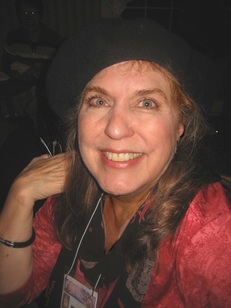 Photo courtesy Michael Dylan Welch I am pleased to introduce Penny Harter to you for our most recent Blog Interview! Penny Harter is co-author, of The Haiku Handbook---published in a 25th anniversary edition in 2010. She is also a past-president of the HSA (1986). Her free-verse poems, haiku, tanka, and haibun appear in numerous journals and anthologies, both in print and on-line, and among her twenty-one books and chapbooks of poems, six feature haiku. Her most recent chapbook is Recycling Starlight (2010), a cycle of free-verse and formal poems, haiku, haibun, and tanka, charting her passage through grief after the death of her husband, Bill Higginson. Some of journals and anthologies featuring her work include Haiku Moment (1993); Journey to the Interior: American Versions of Haibun (1998); Global Haiku (2000); The Unswept Path (2005); Modern Haibun and Tanka Prose (2009); and Contemporary Haibun: Volume 12 (2011). Her exercise for poets, "Circling the Pine: Haibun and the Spiral Web" appears in Wingbeats: Exercises & Practice in Poetry (2011). Other recent books include The Night Marsh (2008), Along River Road (2005), and Buried in the Sky (2002), and her children’s alphabestiary, The Beastie Book , (2009). A Dodge Foundation poet, Harter read at the 2010 Dodge Poetry Festival. She has received three poetry fellowships from the New Jersey State Council on the Arts, the Mary Carolyn Davies Award from the Poetry Society of America, the William O. Douglas Nature Writing Award, and a fellowship from Virginia Center for the Creative Arts for a residency during January, 2011. She lives in the southern New Jersey shore area and works as a poet in the schools. How long have you been involved in haiku poetry (or your special focus of haiku) and what got you started? Well, I thought I really wasn't that aware of haiku until I met Bill in 1974 and began attending meetings of the Haiku Society of America in NYC. But in preparing for the panel I'll be on: "Who Wrote That? How My Haiku Has Changed Over Three Decades," with Jerry Ball, Garry Gay, and chaired by Margaret Chula, I went back to old notebooks and found I'd written a haiku---counting 5-7-5 of course---in 1971. I had been writing free-verse poetry since the mid-1960s, but only began to write more haiku from about 1975 on. For me, writing poetry is one continuum---all related. I do know that fairly early on, writing haiku, especially becoming more and more aware of juxtaposition---the delight of that "leap" or turn---somewhat influenced the economy of language and occasional turns or leaps at the ends of my free verse poems. Then, with Bill, I became fascinated with the renku process and participated in, as well as helped lead renku sessions. And recently I've been writing quite a few more haibun---loving the genre and enjoying the interplay between poetic prose and verse--- and again, delighting in that renku-like haiku leap when one varies the texture by adding the haiku. Have you ever been to HNA before? I have been to every HNA except the very first. That first one was the year Bill and I moved to Santa Fe (1991) and I had to attend orientation for my then new teaching job at Santa Fe Preparatory School. We lived in Santa Fe between 1991 and 2002. The last HNA Bill and I attended together was in 2007 in Winston-Salem. HNA in Ottawa in 2009 was the first conference I went to by myself, and a real turning point for me---finding closure with so many in the community who loved and respected Bill, and finding myself---dancing and laughing on the riverboat tour on the Ottawa River. Have you ever been to Seattle? Only briefly. I flew into SeaTac in 2009 when I attended the Seabeck Haiku Getaway, and stayed overnight in Seattle with Tanya McDonald. And thanks to Michael Dylan Welch, I saw some great bookstores and read at SoulFood books in Redmond that night. Early the next morning we went on up to Seabeck. Seabeck is so fun, I went for the first time last year. What are you most looking forward to at this year's HNA? Many things. Most of all, reconnecting with so many dear haiku friends that I've met over the years. And, of course, being on Maggie's panel, leading a haibun workshop, and participating in the Conference Anthology, Haibun and "The Poetry Continuum: Anything but Haiku" readings. There are also a number of exciting presentations I'm already planning to attend. I always come away from HNA having had a wonderful time and inspired to do new writing. Can't wait to see everyone! It is going to be great meeting you! Thank you so much, I feel like I know you so well, I can't wait to meet you. Hello from one of your volunteers! We have procured more items for the raffle and silent auction. 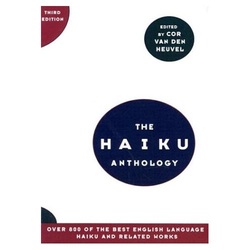 A personal thank you to Cor van der Heuval for the book that got me started with haiku: the first edition of The Haiku Anthology. This one, though, is signed. So is Cor’s other gift, a signed hardcopy of the Anthology’s latest edition. 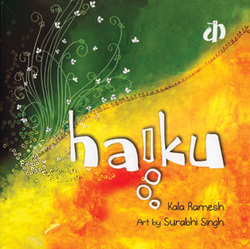 I do believe we have the honor of debuting this fully-illustrated haiku collection for children by our friend, Kala Ramesh, who is doing so much to nurture haiku in her native India. 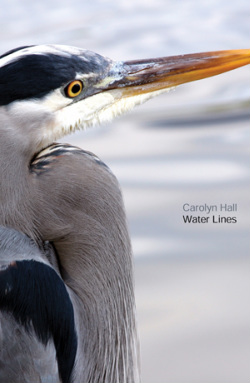 And -- count them -- two award-winning collections of beautiful work from Acorn editor, Carolyn Hall: How to Paint the Finch's Song from Red Moon Press- read a review of it here. The other book is Water Lines. Read its review here. Putting on her other hat, Carolyn has made it possible for you to bid on a set of four Acorn Supplements as well as a set of the past five issues. The proceeds from the HNA silent auction help make this conference possible. It keeps the registration fees down and stretches six ways ‘till Sunday.
Got something you want to contribute? Won’t you please bring it along! If it would prefer to ship in advance contact: tracykoretsky AT TracyKoretsky DOT com 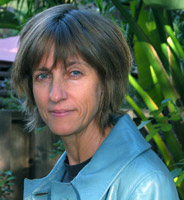 We are getting ever-closer to the Haiku North America Conference. I blog interviewed Eve Luckring to find out about her workshop. "I will be screening a series of short videos based on the Junicho Renku form and also presenting a workshop, Video Renku: Link and Shift in Visual Language, which will discuss how the Russian film maker and theorist, Sergei Eisenstein, was inspired by Japanese poetry in the development of his "montage" methods of film editing. We will look at these techniques in relationship to the ideas of "link and shift" in renku, and participants will experiment with the "translation" of visual language into writing. It should be lots of fun!" Wow, your experience of being a visual artist will make this workshop unique. Here is Ms. Luckring's bio... Eve Luckring has exhibited internationally in both traditional gallery settings and site-specific public spaces. Her poetry has been published in many journals and several anthologies; most recently, in a spotlight feature of Modern Haiku, Summer 2010, and A New Resonance 6: Emerging Voices in English Language Haiku, Red Moon Press, 2009. She lives in Los Angeles, California. www.eveluckring.com How long have you been involved in haiku poetry (or your special focus of haiku) and what got you started? That's a long and winding river. I played a bit in the shallows in the early 80's. I found myself about knee deep somewhere in the mid-90's and by the turn of the 21rst century, I was swallowed whole. Ah, I have to say, I am in the shallows myself. This is my first HNA, have you ever been to HNA before? Yes, I went to Ottawa in 2009. It was a wonderful experience. How about traveling to Seattle? Yes, a couple times, but always for very brief visits. The Henry Art Gallery (at the University of Washington) is terrific! I think they have a small exhibit up now about independent publishing as well as one about photography in the digital age. Here is a link to the latest happenings at the Henry Art Gallery: exhibitions and information on how to visit. Thank you for offering a GREAT suggestion! What are you most looking forward to at this year's HNA? Everything! This is your new blog post. Click here and start typing, or drag in elements from the top bar.
Our conference location will give you some great food choices. Please be sure to check out my previous blog posts about places to eat on Queen Anne Hill/Seattle Center.
We will also be close to other neighborhoods, if you want to try going on a longer walk to eat, or even use the bus. South Lake Union is a hot bed of restaurants these days, since Amazon.com just moved their headquarters to this part of Seattle. It's a close walk to get to South Lake Union. This link gives you a fantastic interactive map of places to eat. Notice on the map "Seattle Center tunnel." The walk from Seattle Center is just 10 minutes. The corner of Westlake Ave N and Harrison Street will boast my favorite collection of Tom Douglas fare- Dahlia Workshop a different style of bakery and night time prosciutto bar, Serious Pie (can you say Yukon Gold Potato pizza?) and Soul Wine wine shop. Another place I love is just right above Whole Foods, it is called Tutta Bella and features Neapolitan pizza. Other known fabulous places for those who want to spend a little more: Flying Fish, Chandler's Crabhouse (on Lake Union), and Daniel's Broiler (on Lake Union). Looking toward downtown Seattle from our spot at Seattle Center, there are some great choices.
King County Metro Transit: The “Metro” public bus system that operates throughout Seattle and King County is one of the most extensive and highly-praised in the nation. If you feel adventurous and want to try traveling around Seattle by bus, these links will help you get acquainted with our system. Check out the map above to see the "free ride area" which operates from 6 a.m. to 7 p.m. Otherwise, fares are collected with exact change. Most of our conference attendees will be traveling in "one zone." Our METRO system no longer sells all day passes. Metro's Route 99 connects Seattle's International District (Chinatown), Pioneer Square, and First Avenue destinations including the Seattle Art Museum and Pike Place Market, and Elliott Bay waterfront attractions such as the Olympic Sculpture Park, Seattle Aquarium, the trip to Tillicum Village and ferry services. Visit Metro Online for a route map and timetable of route 99. Links for more information: Ride Free Zone: http://metro.kingcounty.gov/tops/bus/ridefree.html Fare information: http://metro.kingcounty.gov/tops/bus/fare/fare-info.html Purchasing a ticket book in lieu of using cash all the time: http://metro.kingcounty.gov/tops/bus/fare/tickets.html ORCA: Orca Cards are carried by people who use monthly passes, or load a "e purse" to ride the bus. Cost to buy an ORCA card is $5 from vending machines in the transit tunnel. Then you must load the card with cash or debit/credit card. (It might be just easier to pay cash) Important Note: The SEATTLE MONORAIL is NOT part of the METRO bus system. It is privately operated. The monorail connects Seattle Center and Downtown's Westlake Center. This is cash only as well.
We will be having a kukai during our conference. A kukai is a type of haiku contest. Haiku are written anonymously, then are voted upon by participants or judges. The kukai will allow poems written anytime at the conference, but you may feel yourself inspired if you attend our ginkos to Olympic Sculpture Park or our trip downtown on Thursday. There will a box for entering up to two poems in the bookfair room. Participants will be reminded to enter their poems during many group announcements, but the Friday night program will begin with a final call for submissions. The winners will be announced at lunch on Saturday.
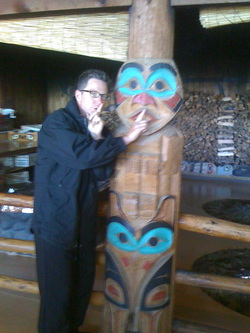 Our optional Sunday trip to Tillicum Village is going to be a special day for everyone. If you have not yet decided to join us, please read about it here. We can add you as late as August 4 at 4 p.m. It's okay to bring along a few friends or family members too! I wanted to introduce you to our Cruise Director, Jim Sullivan. He will be guiding us on our 45 minute boat cruise to the Island, then leading us through the time we spend at the Longhouse. Tell us a little about how you came to be a Cruise Director for Tillicum Village... I was simply asked if I would like to do it because I had shown an interest in the artistic & historical aspects of the NW Coastal Native American culture. ...I began to develop more passion for the oral history, art & spirit life of NW Coast Indians. What Native American groups used Blake Island for a gathering ground? I've had a hard time confirming specific tribes rather various tribes within the Coast Salish geography regularly used the Island for camping as it was centrally located between the Pacific Coast & the greater Seattle area as they migrated through these areas while fishing, hunting & foraging... Likely tribes would be: Suquamish, Duwamish, Mukelshoot, Puyallup, Skokomish & others... Why don't they live there today? The Suquamish Tribe gave up their claim to the Island when they signed the the Point Elliot Treaty in 1855. We will be spending a couple hours on the Island before the show. What would you suggest our guests see and do in that time? Enjoy the views of Mt. Rainier (if it's out) while beach combing to the left of our Longhouse. Go on a nature walk to "West Beach" & sitting in the sand. Hiking around the whole island ~ 1.5hrs, 2 hrs allows a picnic break. Connecting to the "spirit energy"... What surprises most guests when they come to Blake Island for the first time? The physical beauty & solitiude - and yet so close to Seattle... Why do you think it is appropriate to blend technology with the dances that we will see at the Longhouse? Native American Culture involves an oral history - technology allows the stories to be told by a tribal member who learned them in the traditional way & pass them on orally to more people than could be done one on one. What is the best part of the show? My favorite part is the "mask dance" near the end of the show. We will be enjoying lunch at the Longhouse. I have been there many times, and my favorite item is the bean salad. What is your favorite menu item, Jim? The clams! - they are fantastic. I love the taste and discarding them and crushing them on the paths. The NW stew is also unique & quite good. And the warm Tillicum Bread is popular- you can even take a loaf home with you. It's going to be a fantastic trip, Jim! I am truly looking forward to it! Thanks for the Interview! This is your new blog post. Click here and start typing, or drag in elements from the top bar.
|
Archives
May 2023
|
||||||
HAIKU NORTH AMERICA
- Haiku North America
- 2025 Conference
-
2023 Conference
- HNA Anthologies
- Community
- Contact Us
- Blog
- FAQ
- HNA Directors
- 2021 Conference
- 2019 Conference
- 2017 Conference
-
2015 Conference
-
2013 Conference
>
- 2013 Logo Page
- HNA Conference Theme
- HNA Haiku Contest Results
- Conference Program
- HNA Conference Rates & Registration
- Keynote Speaker: Don McLeod
- Conference Sponsors
- Thursday Night Public Program
- Friday Night at HNA
- 2013 HNA Anthology
- Silent Auction
- Accommodations
- 2011 Conference >
- Directions & Public Transportation
- Catalina Day Trip
- What to Bring
- Tanka Sunday Information
- Local Attractions
- HNA 2015 Theme
- HNA Accommodations
- HNA Conference Rates and Registration
- HNA 2015 Anthology - Call for Submissions
- Union College >
- Directions
- Conference Schedule >
- Keynote Speaker
- Ion Codrescu Haiga Exhibition
- Local Organizers - the Route 9 Haiku Group
- Request for Proposals
- Silent Auction
- What to Bring
- Tanka Sunday Information
-
2013 Conference
>
- Tanka Sunday
- Donation
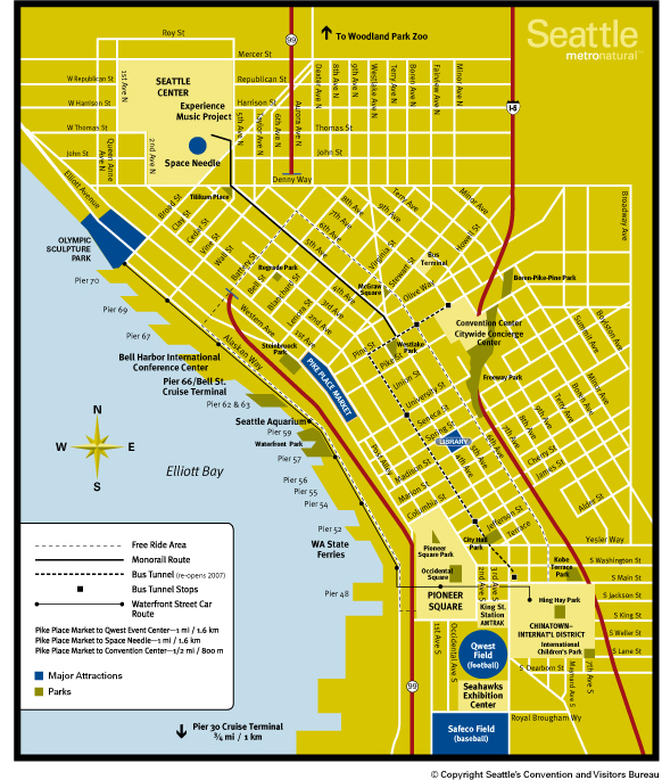
 RSS Feed
RSS Feed
